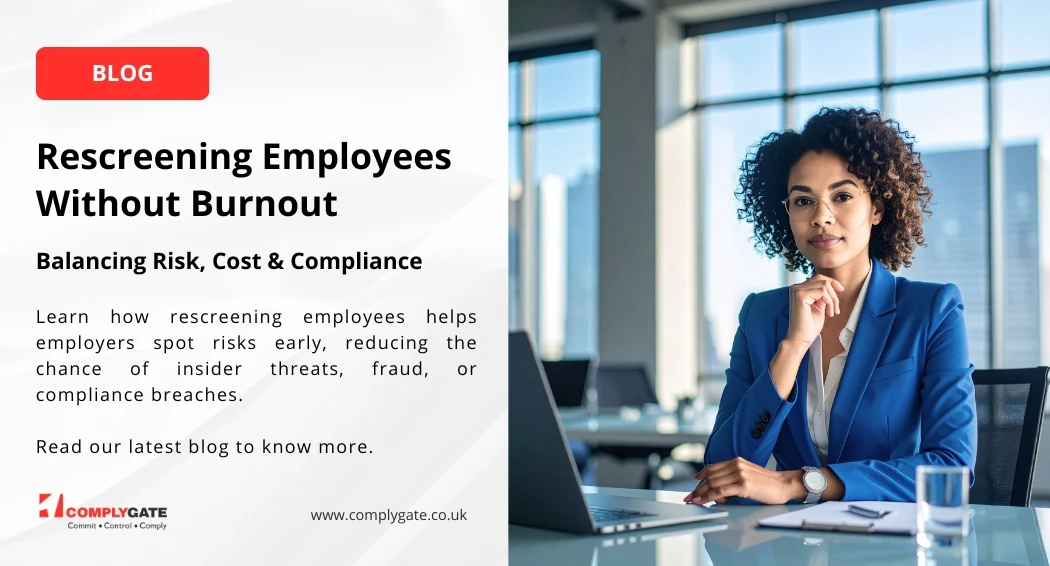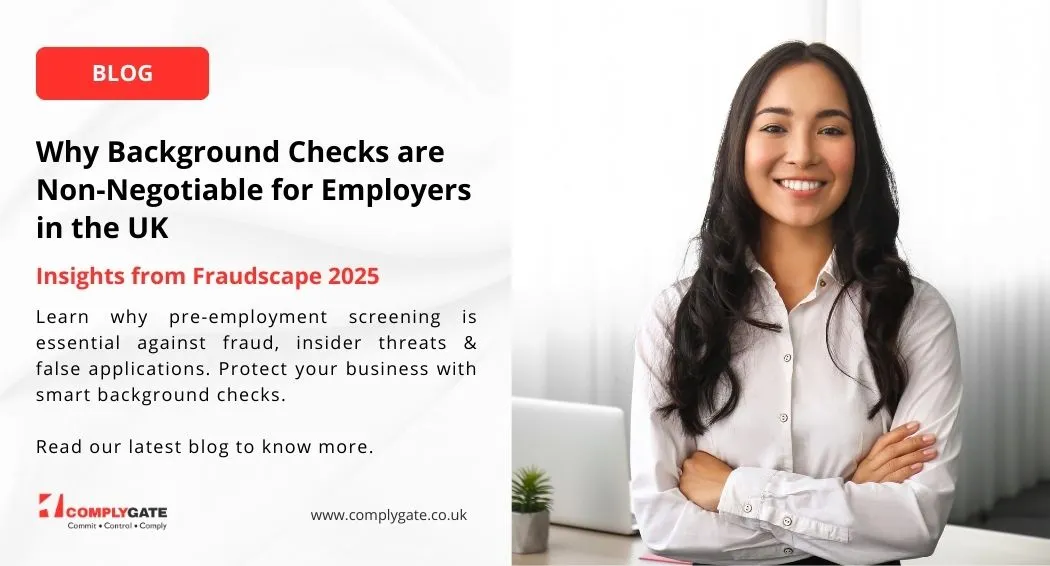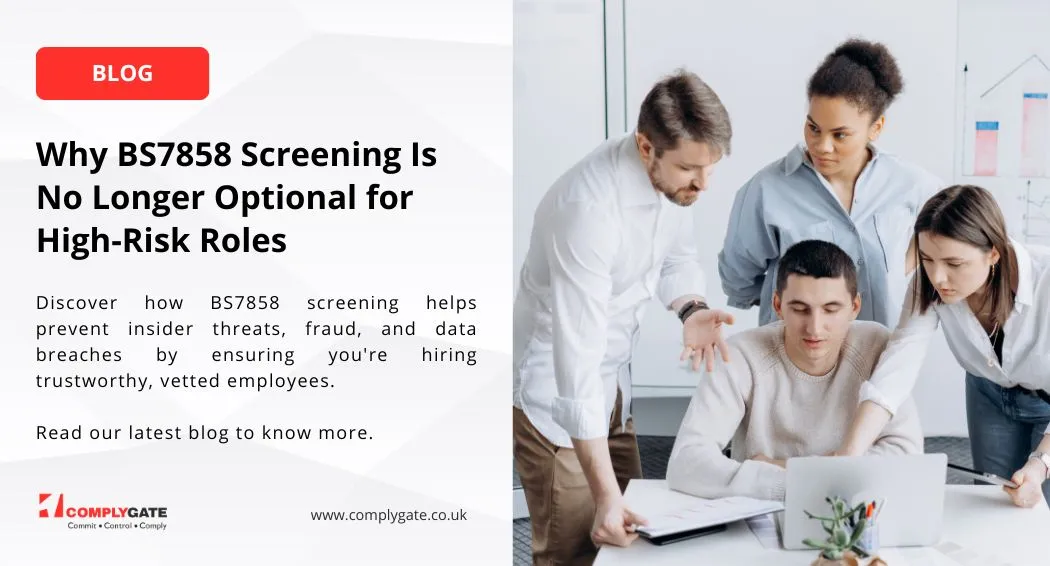Mastering Reference Checks: Building Better Teams
Navigating the intricate world of hiring can feel like a puzzle at times, and a vital piece of that puzzle is something that is extremely important in the process - reference checks. It's not just about checking boxes; it's about understanding who they are beyond their resume.
We've got a few gems to share that will make reference checking a snap for you, whether you're an HR pro or making your first hire. So strap in and come along on the journey as we show you how mastering the reference check may be your hidden weapon in building a perfect team. Let's get started!
What is Employment Reference?
At its core, employment referencing is the process of validating a candidate's previous work experience, skills, and performance by contacting previous employers or colleagues. This stage of the hiring process is similar to connecting the dots between what is written and the real-world consequences of a candidate's past.
What makes it so significant?
It's all about adding levels of comprehension to a candidate's profile. It provides essential insights about their work ethic, teamwork ability, and overall fit within your organisational culture, in addition to just validating job titles and dates of employment. It's almost as if they're receiving a sneak peek into their professional identity from others who've seen them in action.
Addressing Misconceptions
Certain common myths about employment referencing exist. For example:
- It is just a formality: It is frequently regarded as a mere formality, a box to be checked. But here's the thing: spotting significant red flags isn't the only goal. It's also about the nuances - the minor but important elements that might reveal a lot about a candidate's potential in your team.
- It has nothing to do with real-world application: When done right, employment referencing is an art that blends objective data with subjective experiences, presenting a well-rounded picture of a candidate's skills.
How to Conduct Reference Checks?
Conducting reference checks may appear simple, but there is an art behind it. It's not simply a matter of asking questions; it's also a matter of asking the correct ones in the appropriate way. Let's walk through how you can master this skill.

Step-by-Step Guide
- Plan Your Questions: Craft questions that are specific, structured, and role relevant. Consider what you truly require to understand the candidate's fit.
- Pick the Correct References: Aim for a mix of direct supervisors and colleagues who can offer a variety of viewpoints on the prospect.
- Set the Tone: Begin with basic fact-based questions before progressing to more in-depth ones. This puts the referee at ease.
Structure is important
Questioning that is structured provides consistency and fairness. It helps you to effectively compare prospects while reducing the risk of bias.
Getting Around the Legal System
Keep legal boundaries in mind. Avoid personal or discriminating topics and stick to job-related questions.
Before contacting references, obtain consent from the candidate.
Ethical Considerations
Maintain secrecy. This information is confidential and should be handled with caution.
Remember, effective reference checks are about peeling back the layers to reveal the candidate’s true professional persona. When done correctly, they not only give you insight about the candidate but also affirm your hiring decision.
Interpreting Reference Information
So you've checked references and gathered a wealth of information. Excellent work! But now comes the difficult part: making sense of it all. Interpreting reference data is similar to being a detective; you must hunt for clues and understand the overall picture. Here's how to do it correctly:
Analysing the Information Collected
- Look for Patterns: Take note of recurrent observations or comments across multiple references. Feedback consistency, whether favourable or negative, is telling.
- Consider the source: Consider the information in light of who is offering it. The insights of a direct supervisor might hold greater weight than those of a remote colleague.
Identifying Red Flags and Positive Indicators
- Red Flags: Be on lookout for vague remarks, hesitation, or overly scripted responses. These can point to underlying problems.
- Positive Indicators: Consistent praise, particularly in areas crucial to the role, is a major predictor of a good fit.
The Role of Context
- When it comes to deciphering references, context is everything. Understand the circumstances surrounding the feedback. For example, a reference's criticism of a candidate's independence might actually be a positive in a role requiring autonomy.
Remember, the purpose isn't merely to complete a process, but to gain a thorough understanding of the candidate in a professional atmosphere. Your investigative work here can make or break a well-informed hiring decision.
Best Practises in Employment Referencing
When it comes to employment references, both requesters and providers are important. Let's have a look at some best practises for making this process as efficient and equitable as feasible. After all, it's all about drawing the correct inferences and connections.
For Requestors (HR Professionals and Managers)
- Be Clear and Consistent: To guarantee fairness, make sure your questions are specific to the role and similar among candidates.
- Make Use of Technology Wisely: Use technology to make the process more efficient, but don't sacrifice the personal touch. A phone call can sometimes reveal more than an email.
For Providers (previous employers, colleagues)
- Be Honest, Yet Respectful: Give honest comments while retaining a professional tone. Remember that your remarks can have a big impact on someone's career.
- Maintain Your Relevance: Concentrate on job-related information. Personal biases and beliefs have no place in professional referencing.
When done right, employment referencing is a blend of controlled technique, meaningful communication, and ethical practise. Keep these recommended practises in mind, and you'll be well on your way to making better informed and equitable recruiting decisions.
Conclusion
Reference checks and employment references are your secret weapon for success in the dynamic world of hiring. With our rigorous, dependable reference checks, Complygate is committed to improving your hiring process. We understand the complexities of reference checks and how important they are in your decision-making process.
Do you want to enhance your hiring game by conducting thorough reference checks? Let's talk! Contact us to see how our experience may help you make hiring not just easier, but also smarter. Let's work together to find the best fit for your team!











